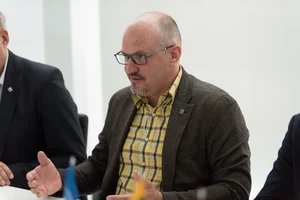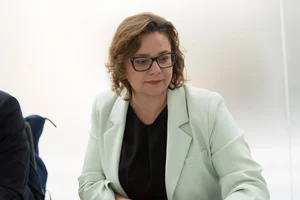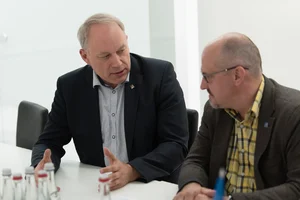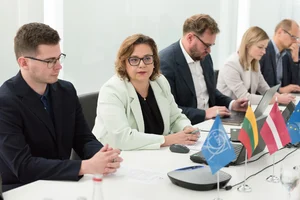RTU professor Toms Torims added that utilising a particle synchrotron based on CERN technology would also open even more opportunities for direct collaborations with CERN. The centre’s research scope could range from clinical studies, necessary for developing treatment methods, to fields not directly related to cancer treatment, including radiation chemistry, particle physics, accelerator physics, and more. This, in turn, would not only help strengthen the region’s scientific edge but also contribute to economic growth.
“It is about the competitiveness of the region in the science market. It’s about the opportunity to offer the best to our scientists and not only to avoid the brain drain but also to attract talents from other regions,” said Prof. Torims.
If a centre was established in the Baltics, experts estimated it could achieve its full functionality in 15-20 years. However, Mr. Palskis noted that initial research work could begin in about eight years, starting with radioisotope research, then progressing to proton therapy and, ultimately, helium therapy. However, CBG stressed that, at least for now, the Baltic Particle Therapy Centre is only an ambitious goal, and only a comprehensive feasibility study can ground its potential in our region.
Many open questions remain
Two years ago, initial discussions about establishing a particle therapy centre in the Baltics raised an important question: was the demand for such treatment big enough in the region? In 2020, about one-third of cancer patients in the Baltic States received radiotherapy, and preliminary estimates suggest that between 200 and 2,000 of these patients could potentially benefit from particle therapy annually.
“These figures correlate with the experience in European particle therapy centres. On average, particle therapy centres in different countries provide treatment to 223 adults and 150 children per year. Therefore, it seems we can consider the potential of such a centre in our region,” said Palskis.
However, the CBG working group emphasised that more precise data will only be available after a comprehensive feasibility study assessing the clinical, economic, and technological viability as well as the most suitable city to build the centre in. Currently, the main candidates are the two largest cities of Lithuania and Estonia: Vilnius, Kaunas, Tallin, and Tartu, as well as Latvia’s capital Riga. If conditions are favourable, this study could begin as early as next year and take two years to complete.






